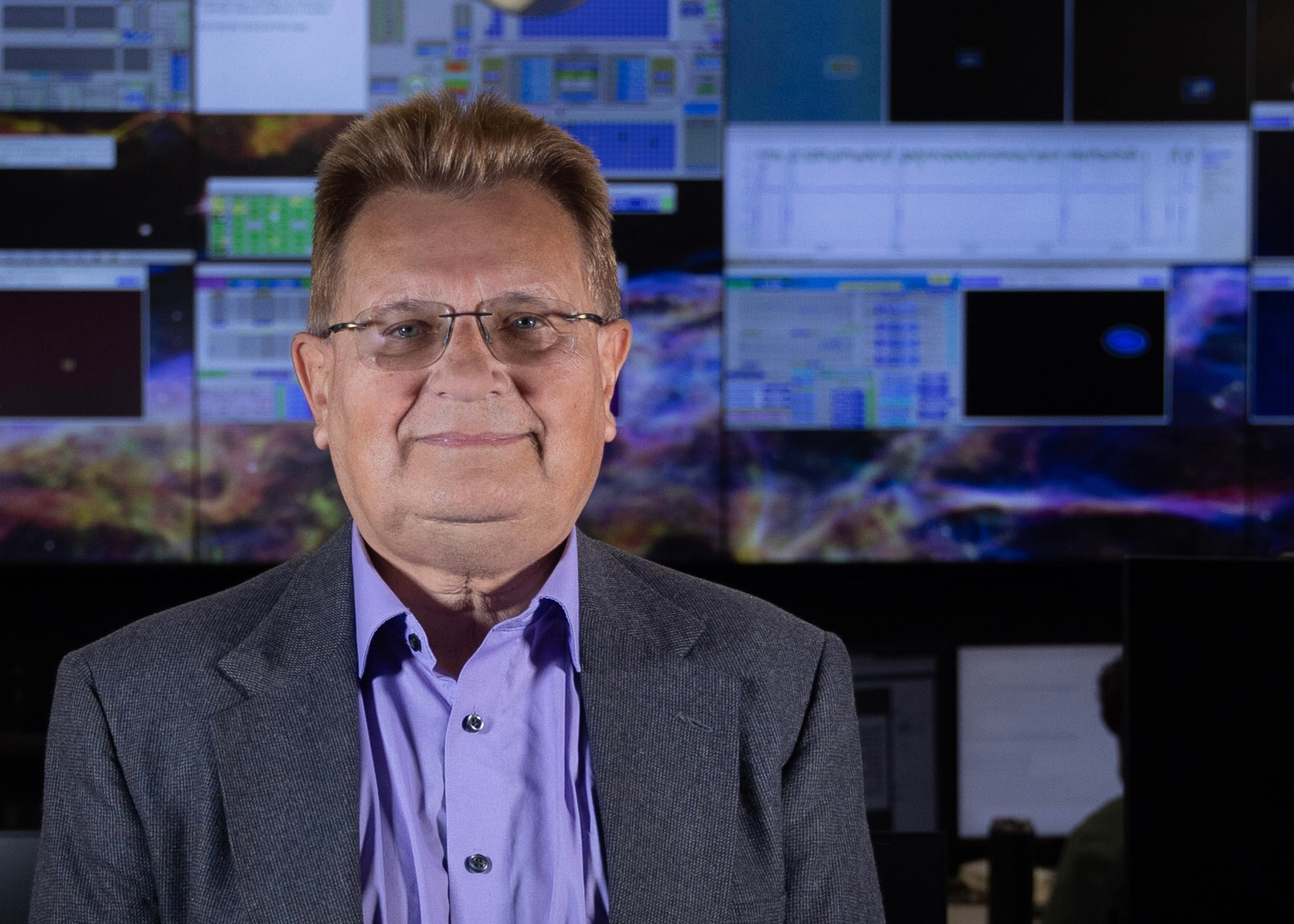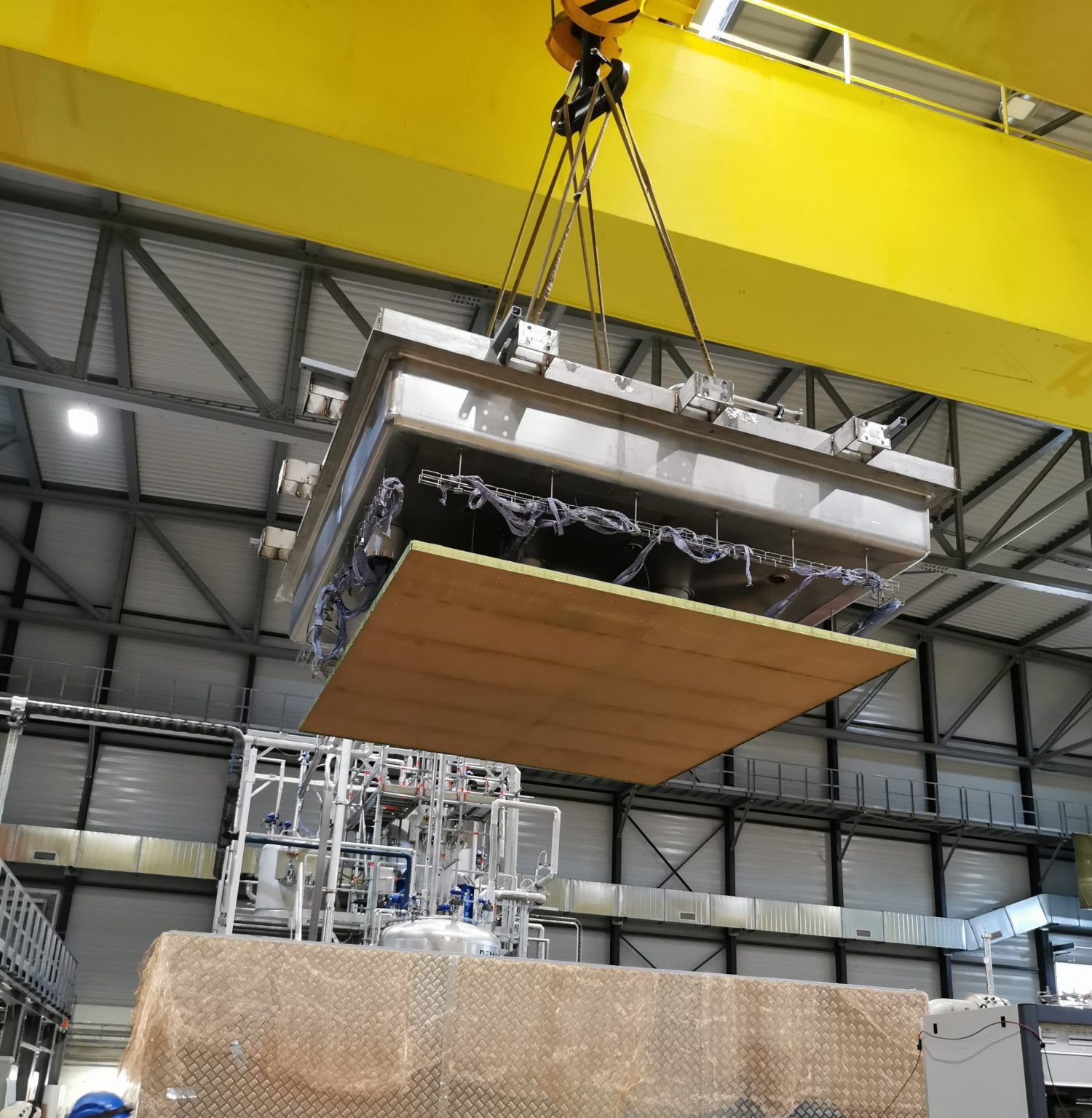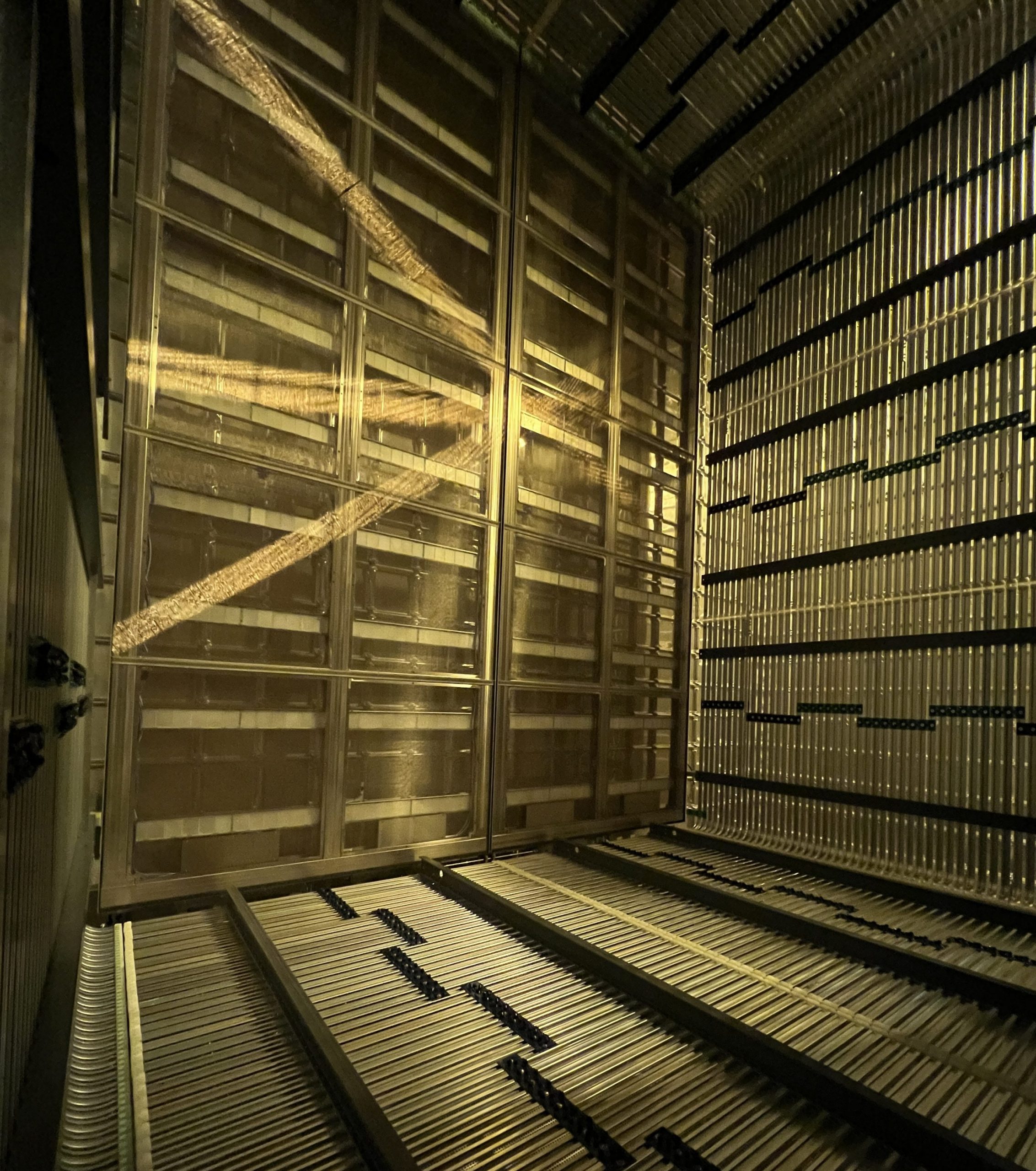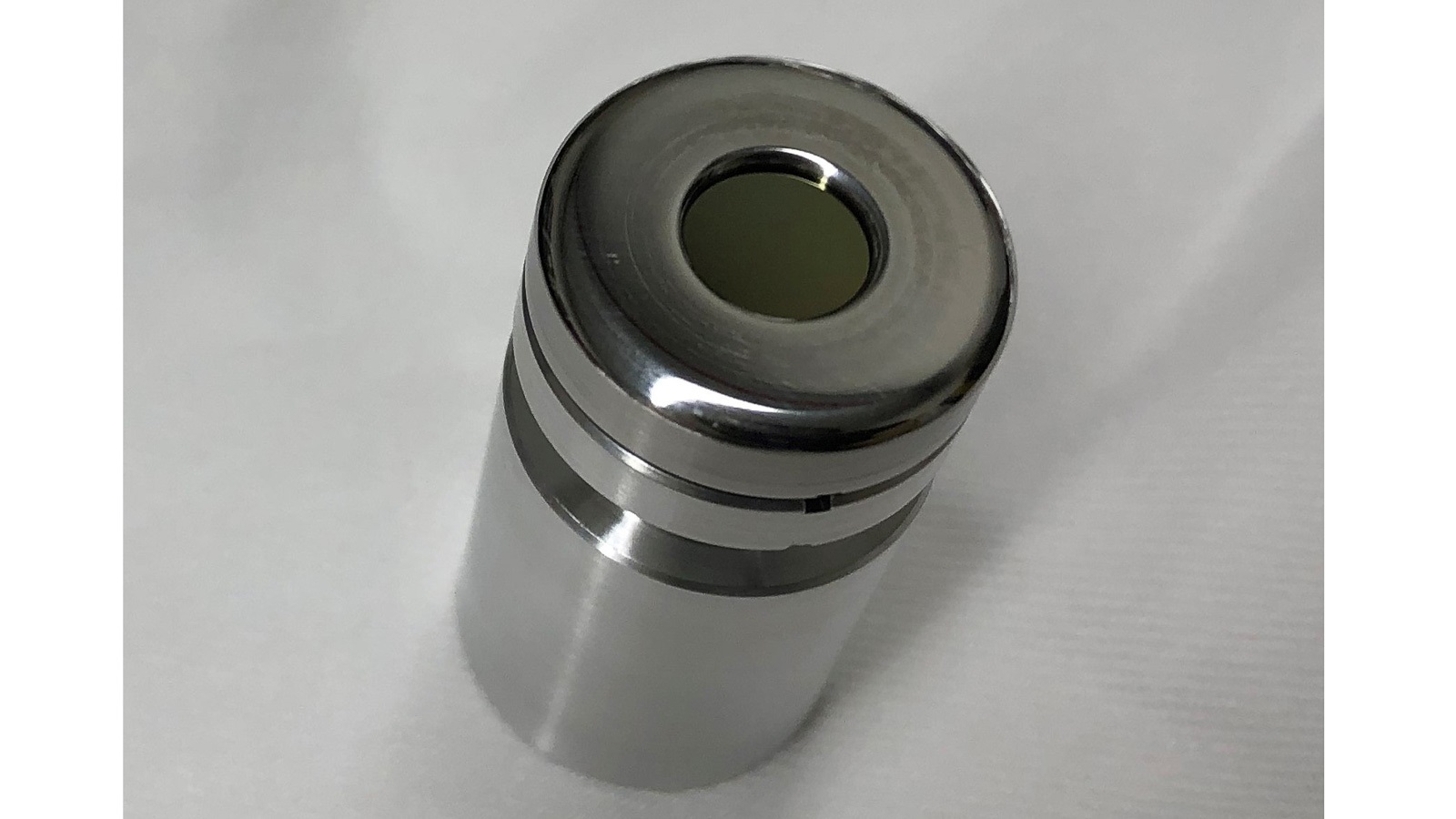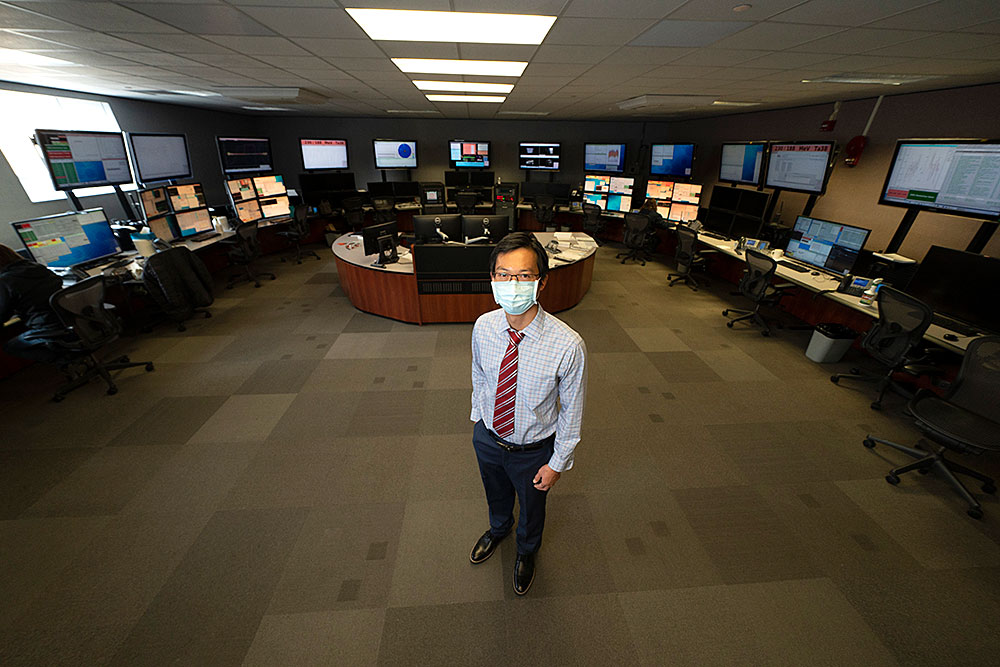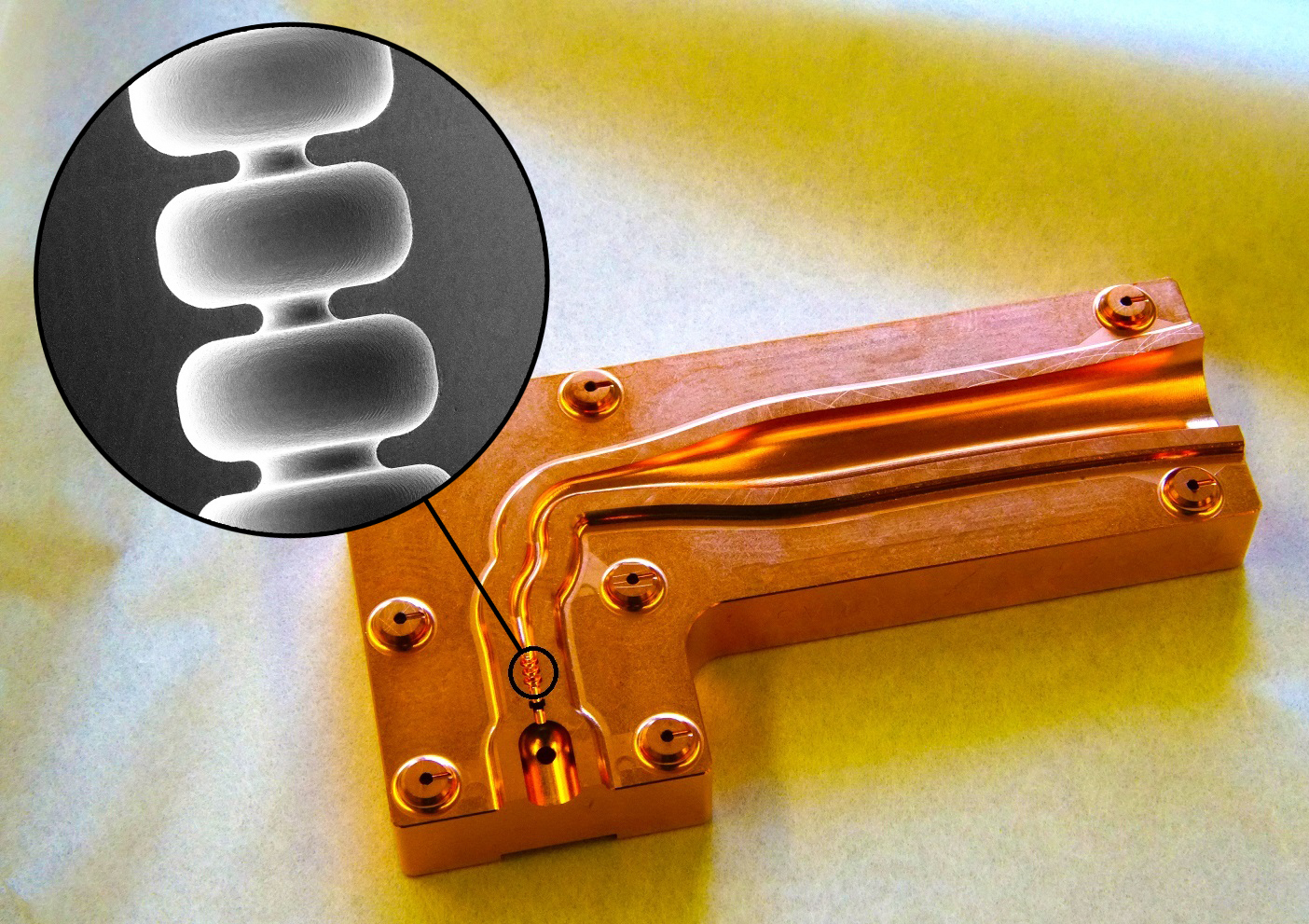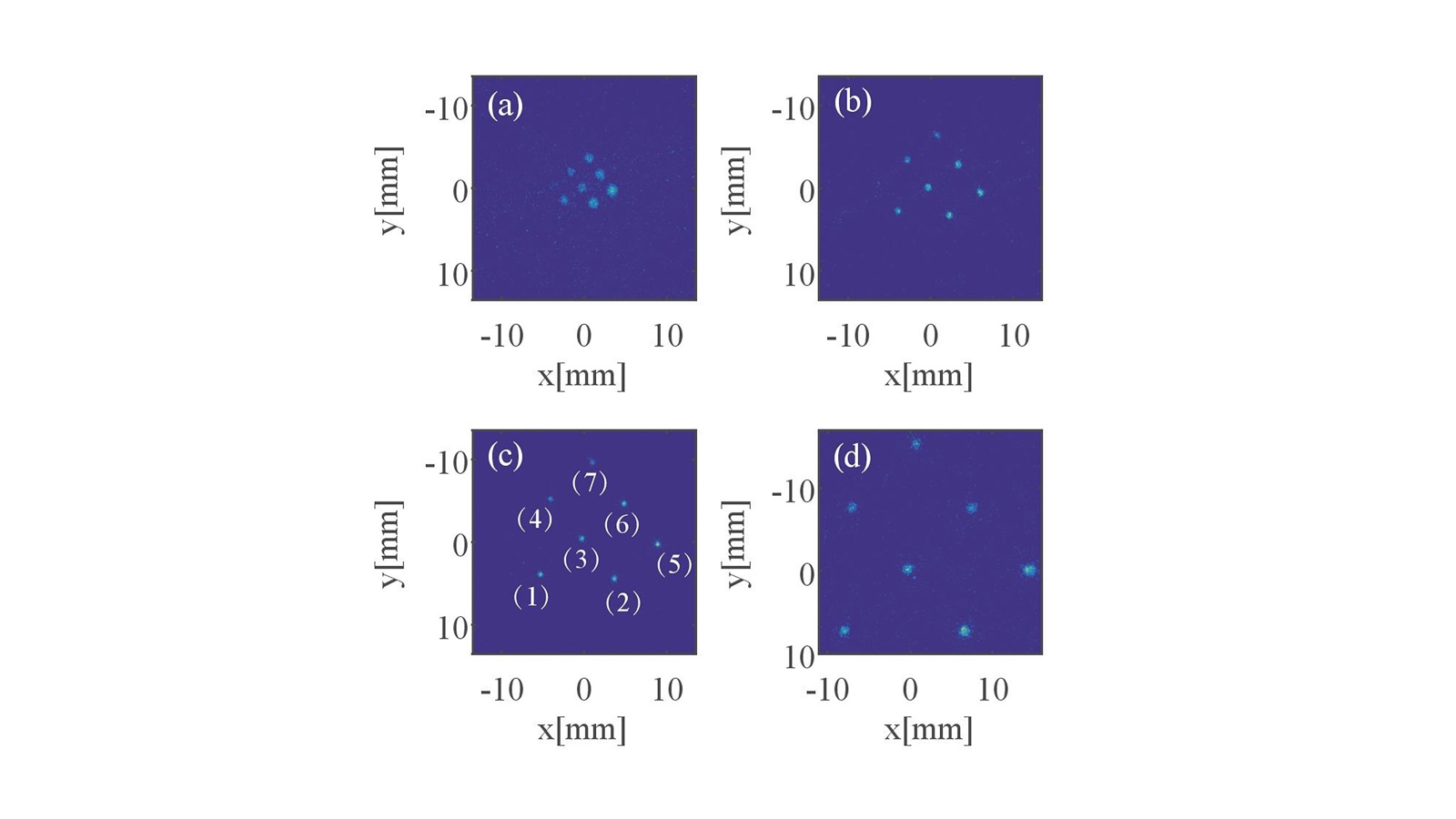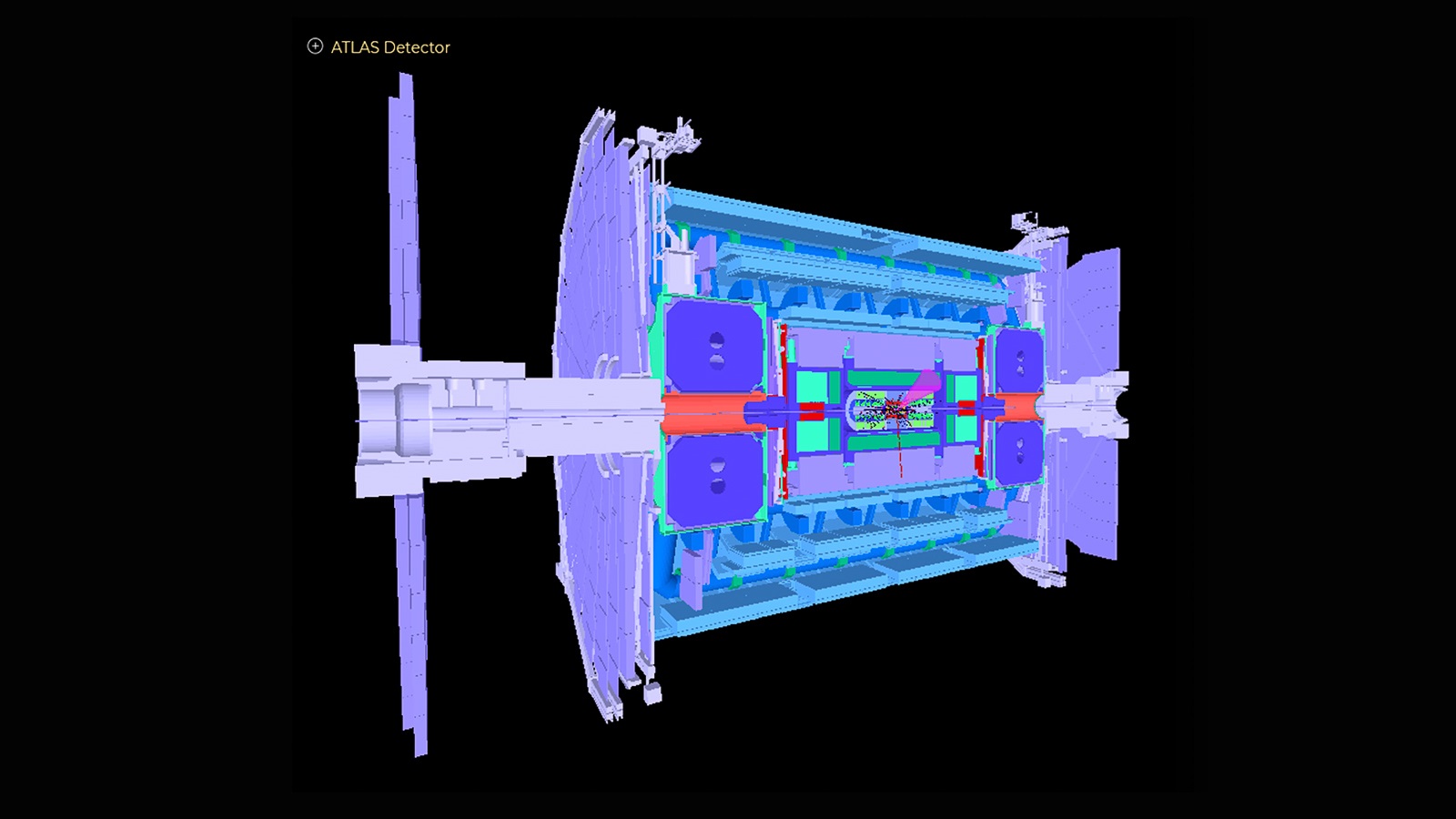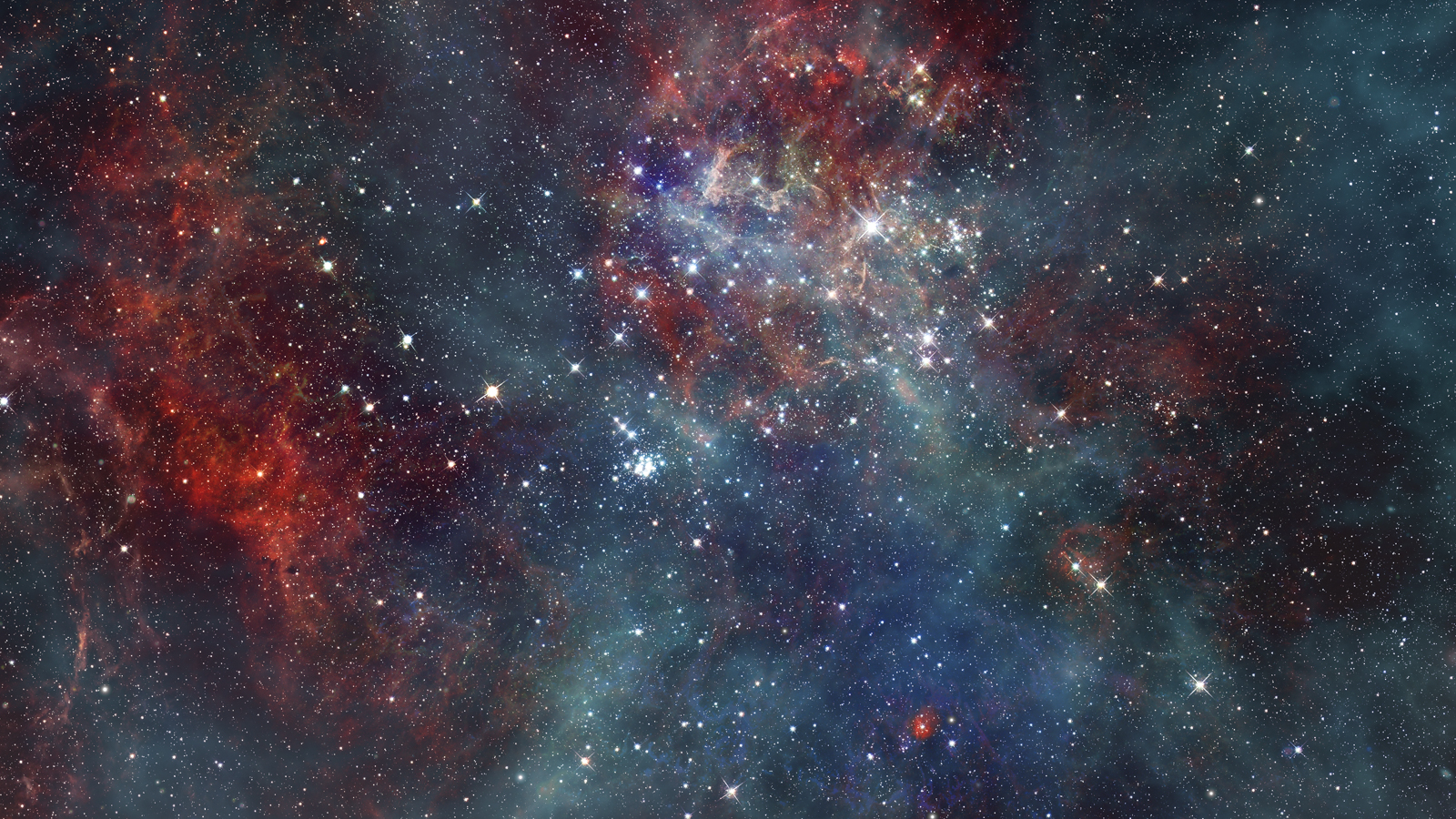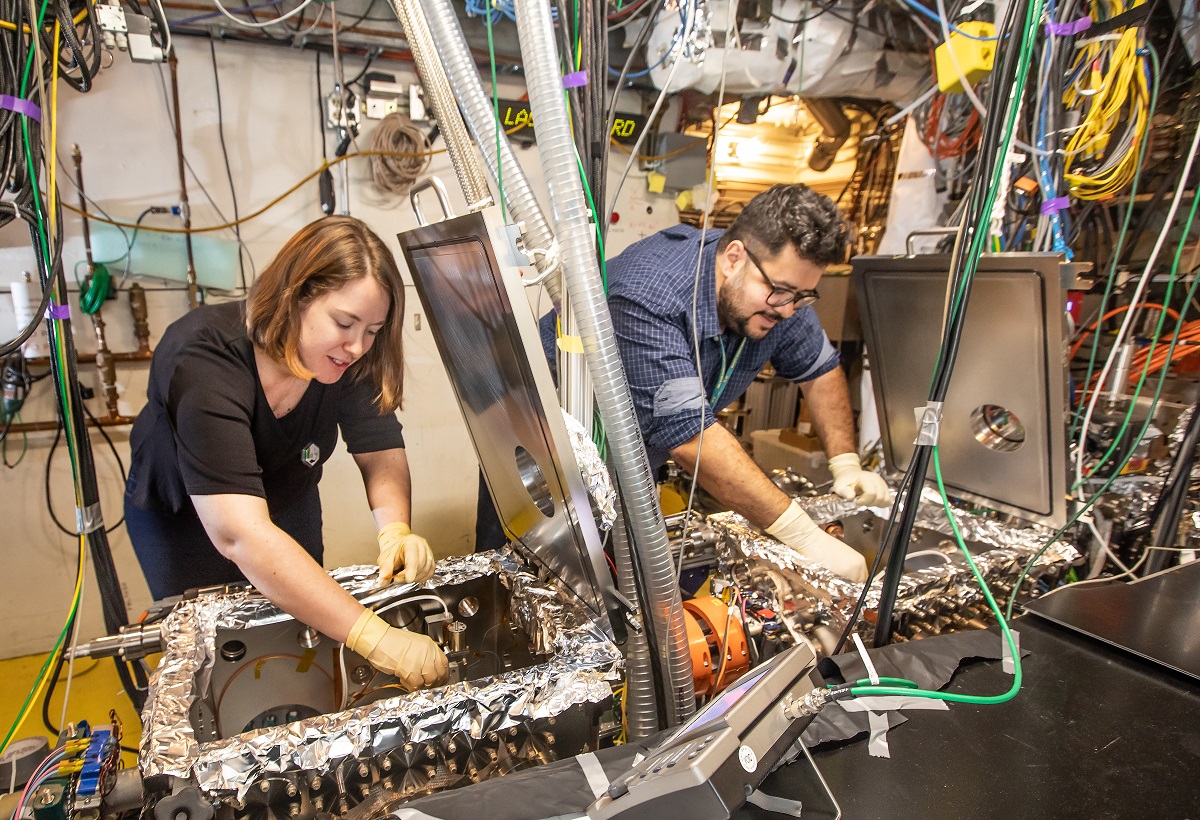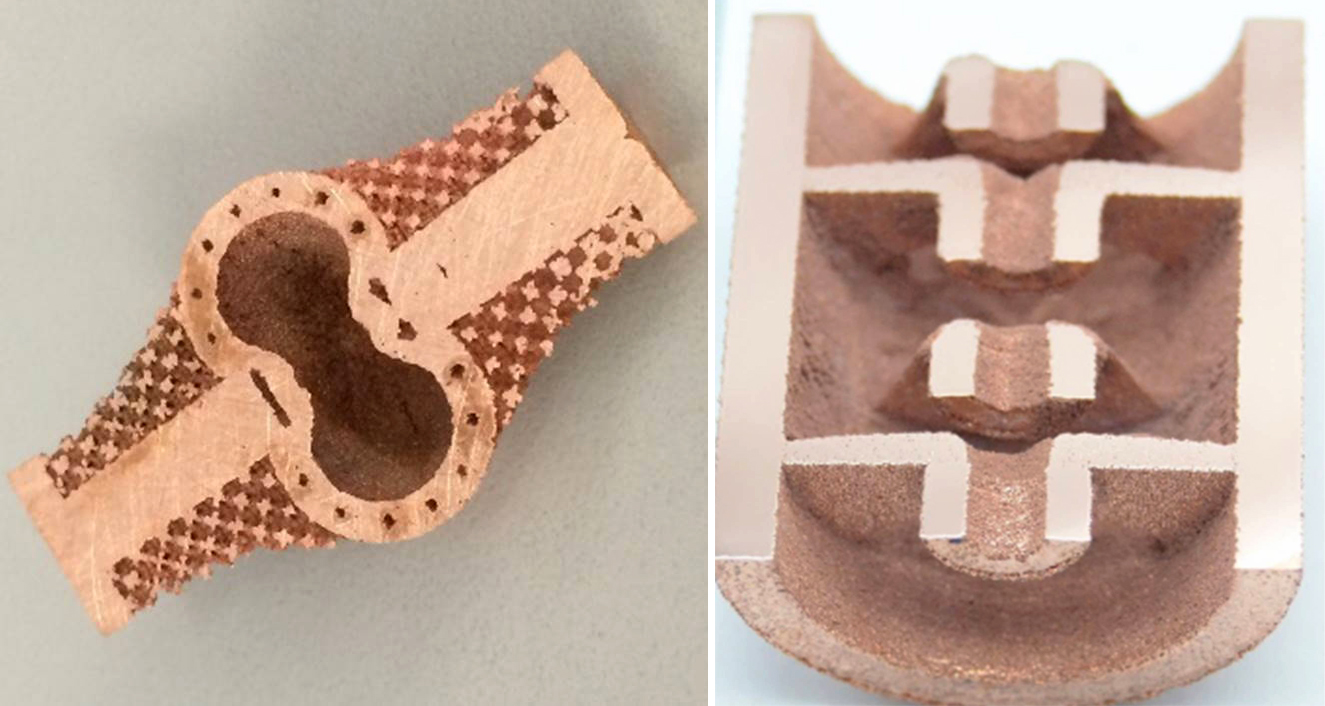New 2024 APS Fellow Alex Bogacz has spent his career in accelerator physics solving problems. From studying complex particle beam dynamics in particle accelerators to designing next-generation machines, his almost four decades of work have recently been recognized by his peers by being named a Fellow of the American Physical Society in October 2024.
